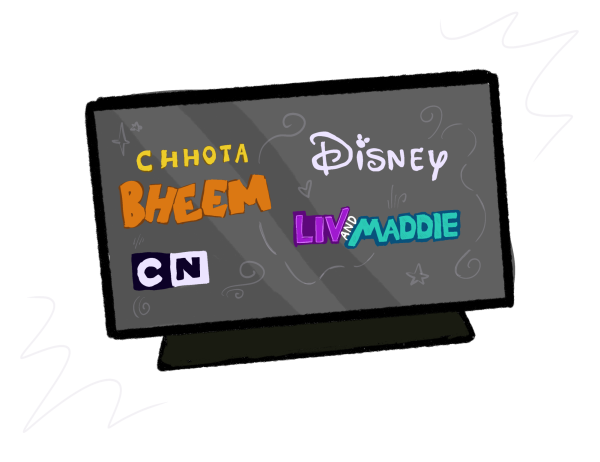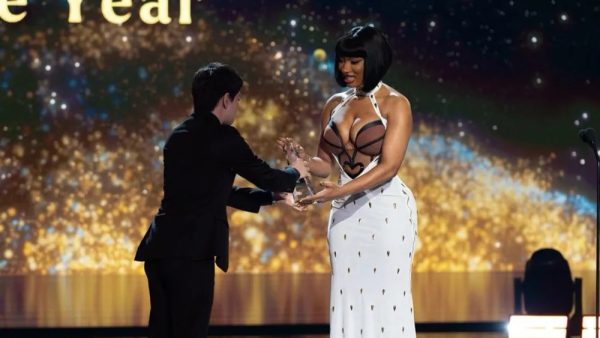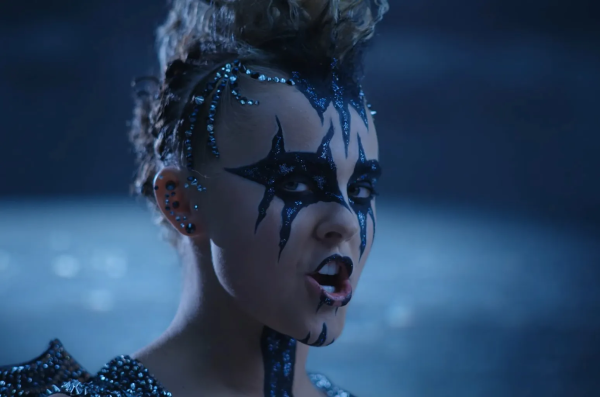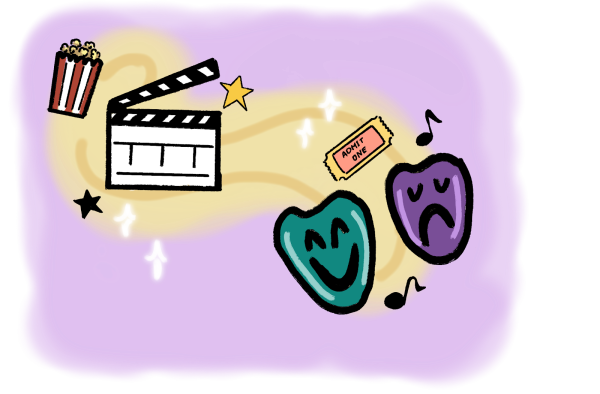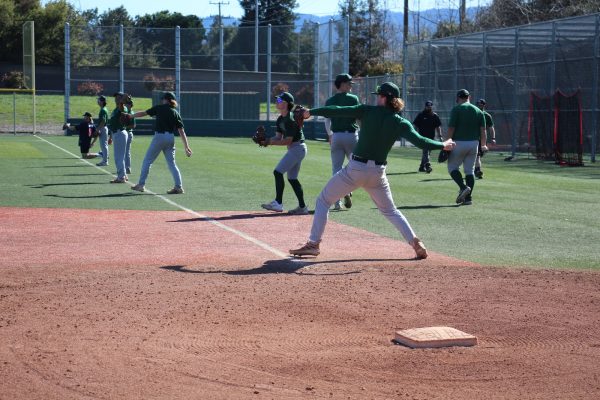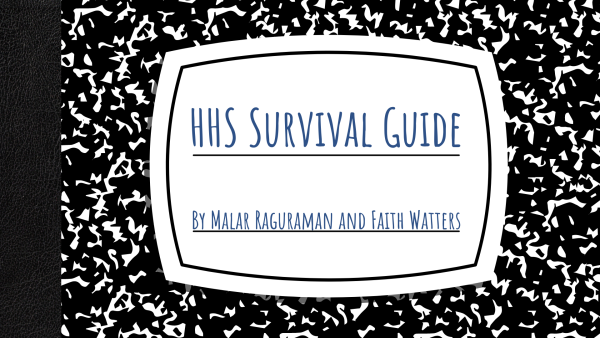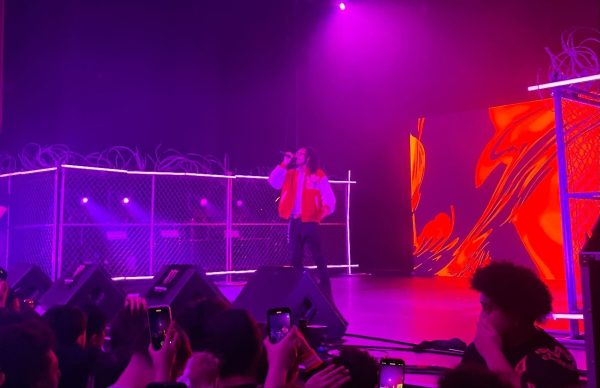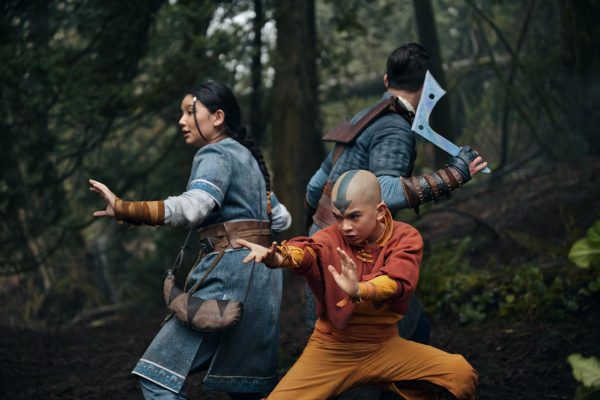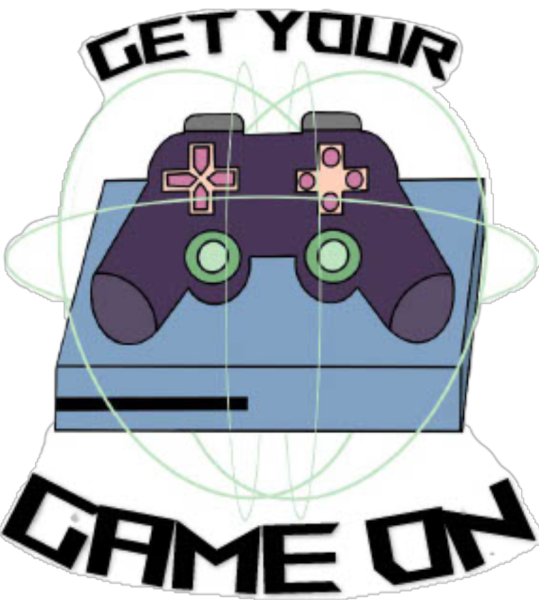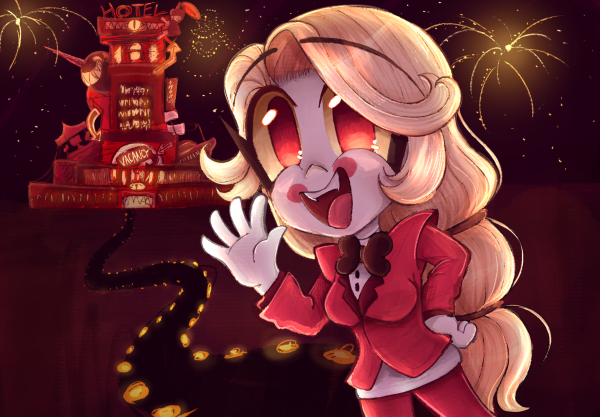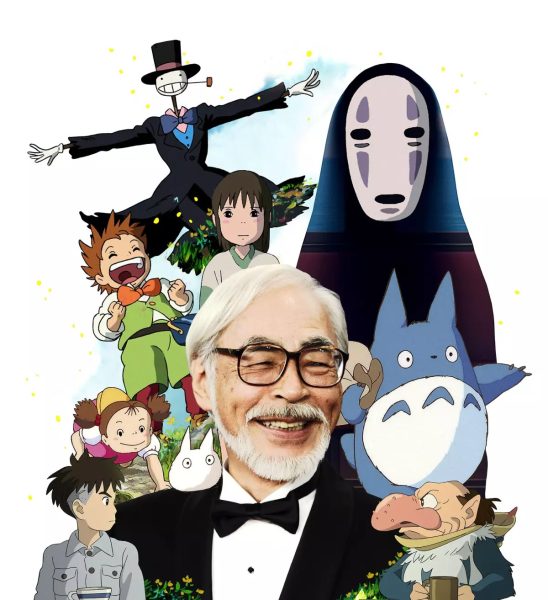Marvel tests out new waters with television series WandaVision
One of Marvel’s first television series, WandaVision could use some work
As a huge Marvel fan, I had high hopes for the “WandaVision” television series. Although the show was pretty good, compared to “Avengers Endgame,” which is the sequel to “WandaVison,” it was a bit of a disappointment and was not up to par with the usual Marvel Cinematic Universe standard.
This series follows a grief-stricken, lonely Wanda Maximoff (played by Elizabeth Olsen), who, after watching the love of her life, Vision, die in front of her twice in “Avengers Endgame,” casts a powerful spell over the entire fictional town of Westview, N.J. to create her own warped world — the Hex — in which Vision is still alive and all is well. Or so it seems.
The first episode of the show opens with Wanda and Vision situated in a 1950s-style sitcom. The newly-married couple moves to a house in the quaint little town of Westview. I thought it was interesting to see Marvel break away from its usual action genre film for a change.
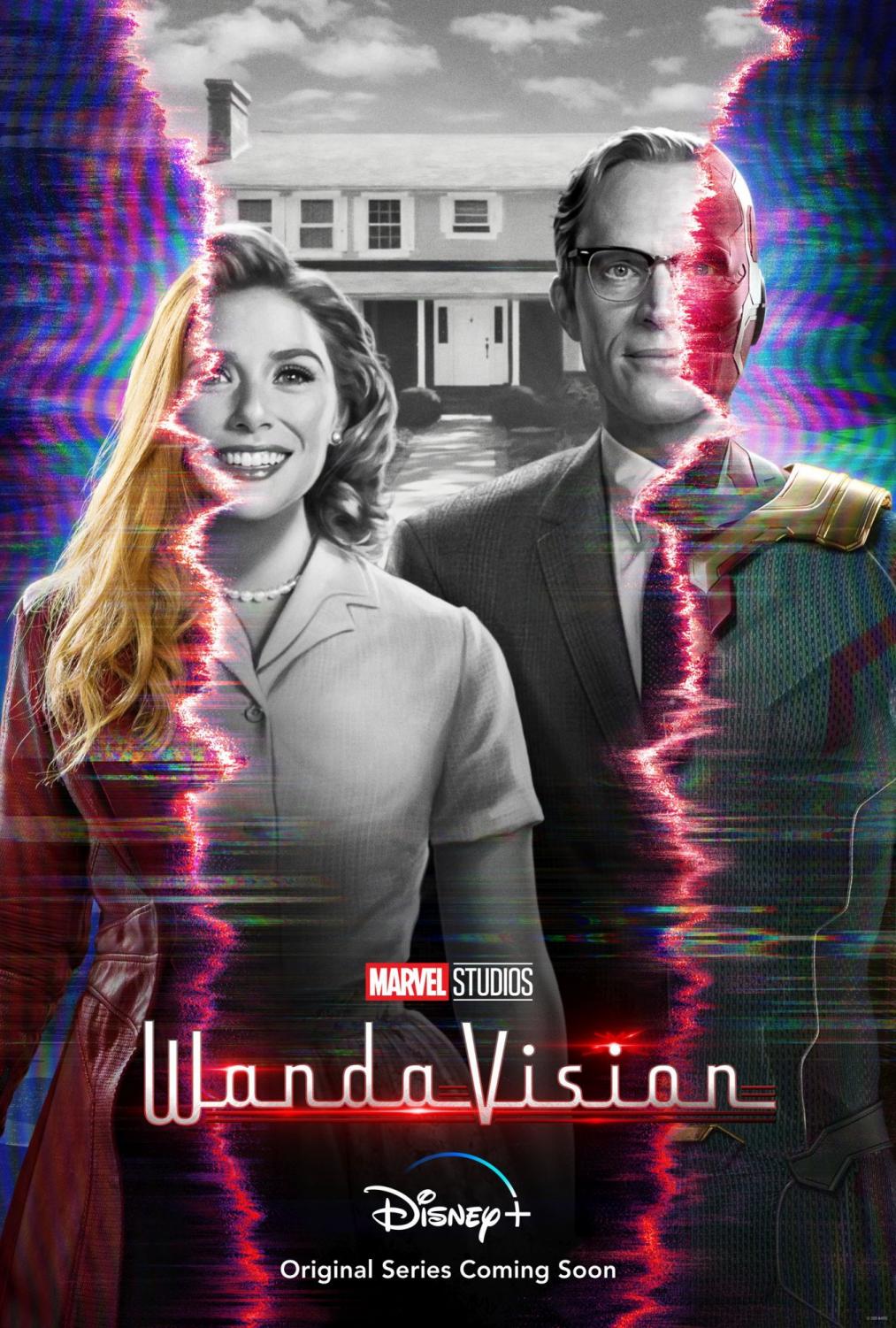
The next few episodes follow Wanda and Vision through the different eras of sitcom television, in which Wanda and Vision live a relatively normal life, except for the occasional abnormal “glitches” which indicate that something is not quite right.
These mysterious glitches served as a great foreshadowing to the reveal that would take place later in the season. At first, I did not quite understand what they hinted at, but looking back, everything comes together.
I think these episodes provide a fantastic buildup to the tumultuous reveal later in the season, which shows that Wanda and her family’s “normal” life in Westview is actually just an illusion Wanda has created to escape her grief and loneliness.
The level of detail Wanda puts into this dreamworld, from Vision’s office drama to the neighborhood watch, to her new twin boys, shows just how much pain she is in. She is so unbelievably lonely that she creates her own warped reality to escape from actual reality.
Even Pietro, the twin brother she lost in the Battle of Sokovia from Age of Ultron, makes a reappearance, alive and well.
After the third episode, the show ventures off from sitcom style to science fiction; however, this switch is poorly executed. In episode four, the focus abruptly switches from the events inside the Hex to the Sentient World Observation and Response Department (S.W.O.R.D.) base set up outside of it, where S.W.O.R.D. operatives and specialists — Captain Monica Rambeau among them — are trying to figure out how to get Wanda to relinquish her control over Westview and its residents.
Many parts of the plot seemed disjointed compared to the usually thought through style that fans expect from the MCU. For example, although a very young Rambeau is introduced in Captain Marvel, we get absolutely no backstory on how she got her powers.
Without any backstory, there is no depth to Captain Rambeau’s character. Also, this disjointed plot makes it difficult for readers to follow the storyline.
However, episode eight really took me by surprise — in the best way possible. In typical MCU style, the show throws fans a curveball, revealing that Wanda and Vision’s nosy neighbor, Agatha Harkness, is much more sinister than anyone would have thought.
The reveal was such an excellent plot twist that could have culminated in an epic showdown between the two witches, but instead, the well-executed build up petered out into a lame battle that barely lasted a minute. I found this highly disappointing because, as a fan of the MCU’s elaborate and typically thrilling fight scenes, this scene consisted mostly of just Agatha sapping Wanda’s power as Wanda simply lets her, which quickly got boring.
All in all, the first season of WandaVision was pretty enjoyable, even if it did fall a little short of my expectations. The plot, although tricky to follow at times, was exciting, engaging, and full of twists and turns. Season one did a thorough job depicting Wanda’s struggle to come to terms with her grief and loneliness. I look forward to seeing where Marvel takes WandaVision fans in the next season.



